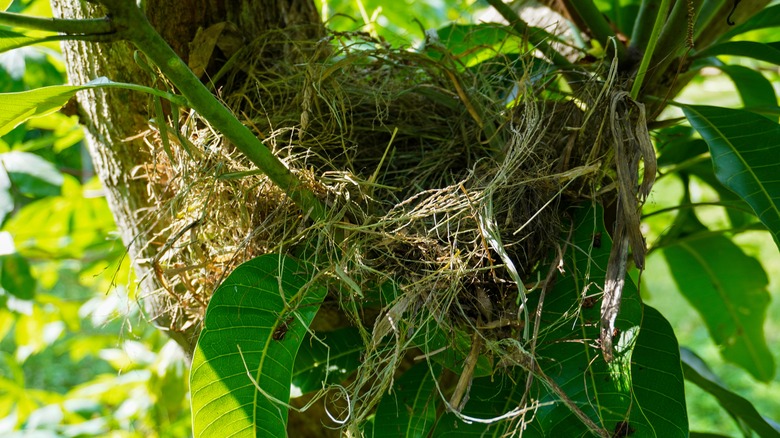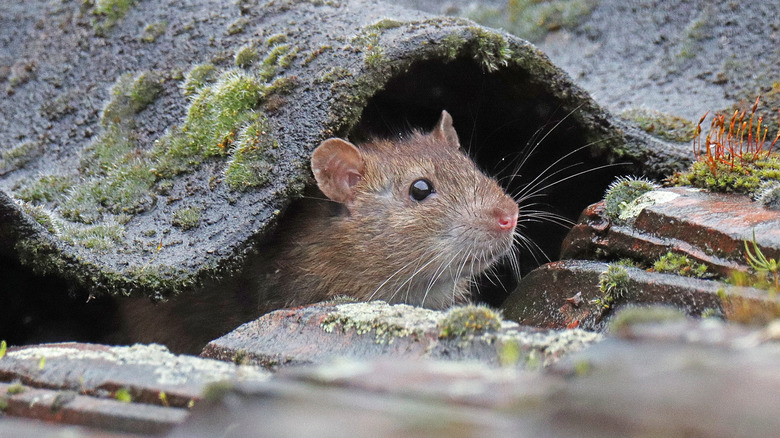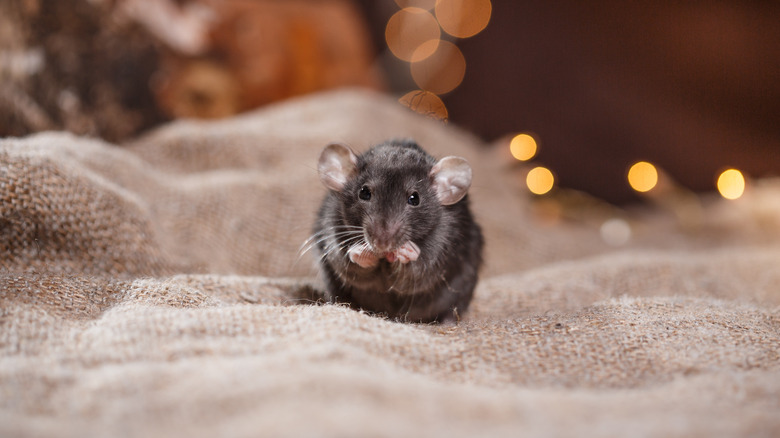The Pesky Rodent That Might Make A Home In Your Trees (And What To Do About It)
If you have ever seen rats running on tree limbs or power lines near your home, you may be at risk of a roof rat infestation. These rodents are either black or brown and can grow to be over 16 inches long. Roof rats have pointed noses, sleek, smooth fur, and a hairless tail. True to their name, they spend their time above the ground in the trees or roofs of houses, where they often nest. From there, they may use small gaps and holes around your home to make their way inside, which poses a safety hazard for you and your family.
In order to get rid of and deter these unwanted visitors, it's important to understand why roof rats are attracted to your trees and home in the first place. Once you know why they want to be in your space, you can rid your home of rats through habitat modification.
Why roof rats are attracted to your trees and roof
Roof rats are unique in that they nest above ground. As a result, they are drawn to elevated spaces like trees, rooftops, powerlines, attics, ceilings, and more. The indoor locations are especially appealing to roof rats because they often contain rising heat. Not only do roof rats spend much of their time high above the ground like squirrels, but their diets are also similar.
Much like squirrels, rats like to feast on nuts and fruits. However, they are still omnivorous. They will eat paper, bugs, vegetables you might have planted in a garden near your home, dog food, cat food, and more. Basically, roof rats will eat pretty much anything if they get hungry enough. This is why they can be tricky to deter. Eliminating roof rats from the exterior of your home isn't as simple as just getting rid of the obvious food sources.
In addition to food, roof rats are also often in search of water. They are drawn to water sources like irrigation pipes, pet water bowls, and bird baths. If you have standing water near your home, be aware that it can also contribute to an increase in roof rats.
How to get rid of roof rats
There are a few changes you can make to the space around your home to deter rats naturally. According to "Pests in and Around the Southern Home" published by the University of Florida's IFAS Extension, roof rats are drawn to fruit trees. If you have these in your yard, you may need to trim them so that they do not touch fences, wires, or anything else that could act as a pathway for these rodents to make their way onto your roof and into your home.
You can also make your home a less inviting environment for roof rats by placing garbage in rodent-proof trash cans, per the University of Arizona Cooperative Extension. Consider identifying anything that could act as a water source for these rodents and remove it, if possible. This may include things like pet water bowls or leaky pipes. You should also keep up with plant, tree, and bush grooming to keep roof rats away. Pathways like wires and tree branches allow these critters to access your roof, so minimize these as much as you can. Finally, identify holes or gaps on the outside of your home and repair and seal them so that roof rats cannot get in.


